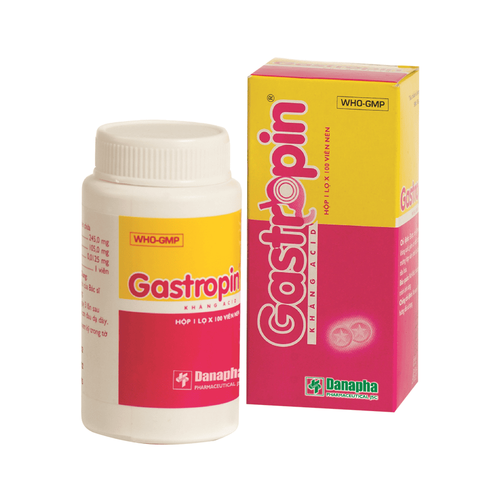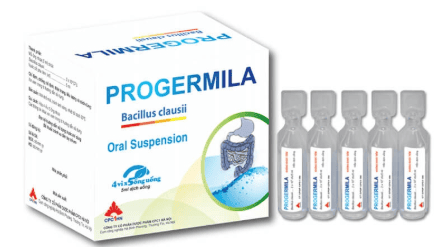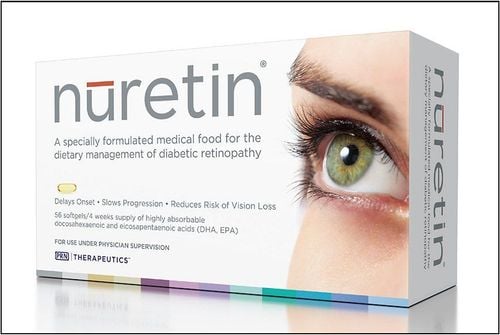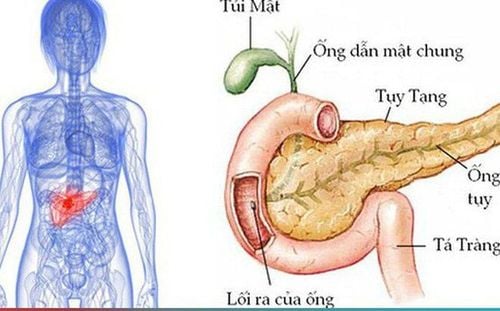This is an automatically translated article.
Posted by Master, Doctor Mai Vien Phuong - Department of Examination & Internal Medicine - Vinmec Central Park International General Hospital
1. Essential Fatty Acids Overview
Essential fatty acid deficiency is rare in healthy adults and children who have a varied diet with adequate amounts of essential fatty acids, linoleic acid (LA) and alpha-linolenic acid (linoleic acid). Clinicians should be aware of the risk of essential fatty acid deficiency in specific populations that may have malabsorption syndromes, or for other reasons that severely limit fat intake, absorption absorption or transformation. A disturbing recent trend in the United States is the increasing prevalence of deficiencies in parenteral nutrition (PN) products, including vitamins and minerals, as well as lipid-infused emulsions (ILE, formerly). known as IVFE intravenous fat emulsion). This may lead to new populations at risk of essential fatty acid deficiency, and clinicians must be aware of this deficiency and the risks posed to patients dependent on parenteral nutrition. vein .

2. The role of fat in the body
Fat is an essential component of the diet, whether it is part of a dietary regimen, an enteral nutritional formula or part of an parenteral nutritional supplement.
The human body needs fat stores to cushion organs and provide insulation to regulate temperature. Fat stores can be used for energy during times of starvation, although it is important to realize that some tissues in the body (brain and red blood cells) rely solely on glucose for energy. because fat cannot be converted to glucose.
Dietary fat is not only a source of energy through oxidation, it is also necessary to facilitate the absorption of fat-soluble vitamins in the small intestine.
3. Fat is an important component of cell membranes
Fat is important at the cellular level as it is an essential part of cell membranes. Cell membranes are composed of phospholipids, which are sensitive to chemical signals. Consuming a variety of fats (e.g., omega-3 versus omega-6 fatty acids) allows different types of fat to be incorporated into cell membranes, modulating responses to a number of processes. Metabolism includes inflammation, control of gene expression in cells, and production of cellular proteins. A recent Calder review provides a more detailed discussion of these processes.
Humans generally consume enough dietary fat to meet all fatty acid requirements; Essential fatty acids are substances that cannot be synthesized because humans lack the necessary enzymes.
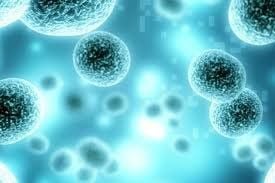
4. Who is at risk of essential fatty acid deficiency?
When fat intake, digestion, absorption and/or metabolism are impaired, there is an increased risk of essential fatty acid deficiency.
Patients with digestive disorders are at increased risk for essential fatty acid deficiency because of impaired pancreatic enzyme secretion or diseased small intestine that prevents normal fat absorption.
Using biochemical measures of essential fatty acid deficiency, the authors found that patients with gastrointestinal disease had significantly lower fatty acid levels and biochemical evidence of essential fatty acid deficiency. Jeppesen and colleagues evaluated 112 patients with gastrointestinal disorders (including Crohn's disease, ulcerative colitis, bowel resection, celiac disease, radiation enteritis, and cholestatic liver disease) by conducting an analysis. fecal lipids and serum linoleic acid concentrations. The authors found that people with higher levels of malabsorption had lower levels of linoleic acid.
5. Cystic fibrosis is a risk factor for essential fatty acid deficiency
Cystic fibrosis (CF) is a risk factor for essential fatty acid deficiency. There are approximately 30,000 patients in the United States with cystic fibrosis and 70,000 worldwide. Although this is a small number of patients, nutrition support clinicians are able to see them due to the intensive nutritional needs of this population.
Pancreatic insufficiency presents to varying degrees in most patients with cystic fibrosis. Strandvik et al evaluated 110 cystic fibrosis patients on a normal diet; only 15 had no evidence of pancreatic insufficiency. The presence of essential fatty acid deficiency was assessed by biochemical measures. The authors found that serum concentrations of linoleic acid and docosahexaenoic acid were significantly lower in patients with severe cystic fibrosis transmembrane conductance-regulating mutations, suggesting that this deficiency is related to metabolic conversion. Abnormal essential fatty acid metabolism.
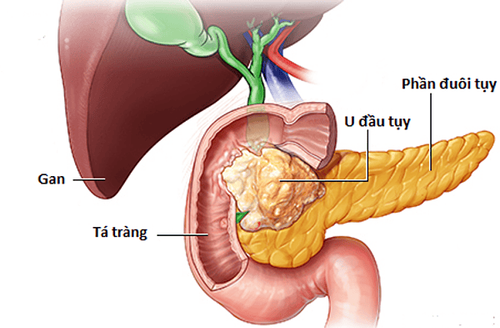
Patients with other causes of pancreatic insufficiency or failure are also at risk for essential fatty acid deficiency. There are few reports in the literature on the prevalence of essential fatty acid deficiency in patients with acute or chronic pancreatitis, but one must consider pancreatitis as a risk factor if pancreatic insufficiency is present.
6. Intravenous nutrition and essential fatty acid deficiency
There are clinical conditions where fat distribution is restricted. For example, patients who are dependent on parenteral nutrition who are allergic to an infusion lipid emulsion and cannot receive it are at risk for essential fatty acid deficiency.
Patients who follow an extremely low-fat diet may also be at risk for essential fatty acid deficiency, including fat leak patients who must maintain a very low-fat diet. fat for 3 weeks.
Any questions that need to be answered by a specialist doctor as well as customers wishing to be examined and treated at Vinmec International General Hospital, please register for an online examination on the Website for the best service
Please dial HOTLINE for more information or register for an appointment HERE. Download MyVinmec app to make appointments faster and to manage your bookings easily.
References
Kris M. Mogensen, Essential Fatty Acid Deficiency, Nutrition issues in gastroenterology, series
164, Practicalgastro. Chan LN. Iatrogenic malnutrition: a serious public health issue caused by drug shortages. JPEN J Parenter Enteral Nutr. 2013;37:702-704. Jones PHJ, Rideout T. Lipids, sterols, and their metabolites. In: Ross AC, Caballero B, Cousins RJ, Tucker KL, Ziegler TR. Modern Nutrition in Health and Disease. Lippincott, Williams and Wilkins. Philadelphia, PA. 2014;65-87. Calder PC. Functional roles of fatty acids and their effects on human health. JPEN J Parenter Enteral Nutr. 2015;39:18S-39S.





